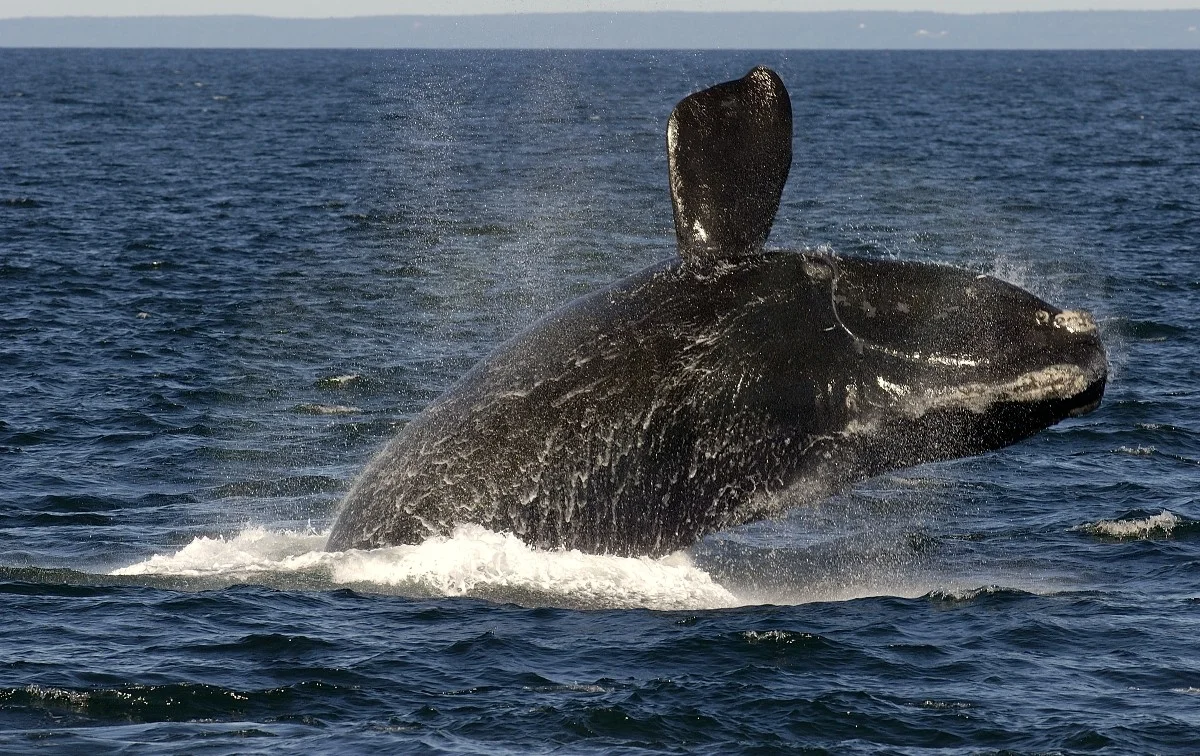OVERVIEW
Whales roam throughout all of the world’s oceans, communicating with complex and mysterious sounds. Their sheer size amazes us: the blue whale can reach lengths of more than 100 feet and weigh up to 200 tons—as much as 33 elephants.
Despite living in the water, whales breathe air. And like humans, they are warm-blooded mammals who nurse their young. A thick layer of fat called blubber insulates them from cold ocean waters.
Some whales are known as baleen whales including blue, right, bowhead, sei and gray whales. This refers to the fact that they have special bristle-like structures in their mouths (called baleen) that strains food from the water. Other whales, such as beluga or sperm whales, have teeth.
DID YOU KNOW?
- Whales are divided into two suborders: baleen and toothed whales. Baleen whales have a comblike fringe on their upper jaw, called a baleen, which is used to filter plankton as well as small fish and crustaceans. Toothed whales have teeth and prey on fish, squid, other whales and marine mammals.
- Whales sense their surrounding environment through a radar-like system known as echolocation.









